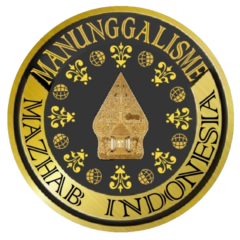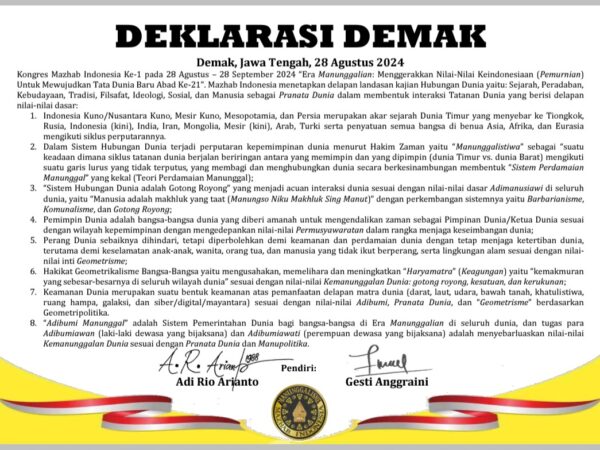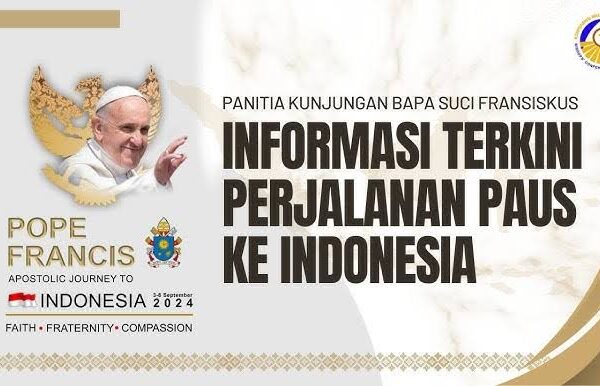- Mazhab Indonesia (Manunggalisme): Paradigma, Filsafat, dan Teori Melihat Hubungan Dunia Berdasarkan Nilai-Nilai Kemanunggalan Dunia.
- Mazhab Indonesia (Manunggalisme): Paradigma, Filsafat, dan Teori Melihat Hubungan Dunia Berdasarkan Nilai-Nilai Kemanunggalan Dunia.
How the Indonesian School Redefine Western “International Relations (IR)”?

In redefining the “International Relations” Western-Centric, the Indonesian School offers 17 (seventeen) categories as the basic foundation for its tracking. This also establishes the basic building foundations of “World Relations”. This is what distinguishes between understanding world interactions from a Western perspective and an Eastern perspective.
The seventeen categories are: discipline, meaning of interaction, paradigm, foundation of covenant, era of a power, history, civilization, culture, traditions of war and peace, philosophy, ideology, society, world relations system (moral or human nature), world relations actors, world relations polarism, theory, to the smallest concept. These seventeen categories have been described very carefully in the previous article “World Relations Against International Relations“.
By tracking the seventeen categories above, the Indonesian School found the fundamental differences that underlie the Western world in forming their relations model. Likewise, by using the seventeen theories above, Eastern World interactions can be better understood by tracking the same thing in each categories.
Due to the seventeen categories above, at least the Western world constructs the discourse of “International Relations” in the West and exports these values in the form of a world relations system, world relations actors, world relations poles, theories, to the smallest concepts.
First, the world relations system built by the Western world is based on “non-paganism”, Primitivism, Laissez Faire, Anarchism which ultimately leads them to the initial and final conclusions about the nature of humans who tend to be “selfish, rude, and exploitative”. So the West concludes that human morals are basically selfish or “Man is selfish creature”.
Second, the world relations actors used by the Western world are in the form of World-states: League, feudal, federal, and city-states. In a simpler sense, the West has reduced the space of “nations” to small sovereign “states” in accordance with the basis of the Treaty of Westphalia 1648.
Third, the world relations polarism developed by the Western world is following the flow of Unipolar interaction, namely Unilateralism carried by the Secularization movement from the Westernization process in the era of Ancient Greece and Ancient Rome to the Enlightenment process (Renaissance) which began in Italy and ended in the United States which took place in three major waves (1st wave: Primitivism, 2nd wave: Laissez Faire, and 3rd wave: Anarchism) and ended in the form of Globalizations at the junction of the 20th century.
As for the fourth and fifth, the issues of theories or grand theory to the smallest concepts used by the Western world to legitimize their various affairs in regulating International Relations have been formed and are very well established. Among the strongest are Realism, Liberalism, Constructivism, and the expansion of its theories: International Security, Theory of Democratic Peace, etc. Meanwhile, the most basic concepts are in state administration including the legal basis they use such as Realpolitics in the form of a Republic, Securitization, Freedom, Democracy, Human Rights, etc.
From all the categories above, the Indonesian School has very freely offered a redefine of “World Relations” compared to just “International Relations”. In this case, all interactions are based on the use of the same seventeen categories with different contents. The discussion of the seventeen categories for the Eastern world has been presented in the previous article “What is World Relations Theory?“. It is natural that the Indonesian School carries the Eastern “World Relations” beyond the Western “International Relations”. Thus the “Indonesian School of World Relations” emerged beyond the “Indonesian School of International Relations”.


